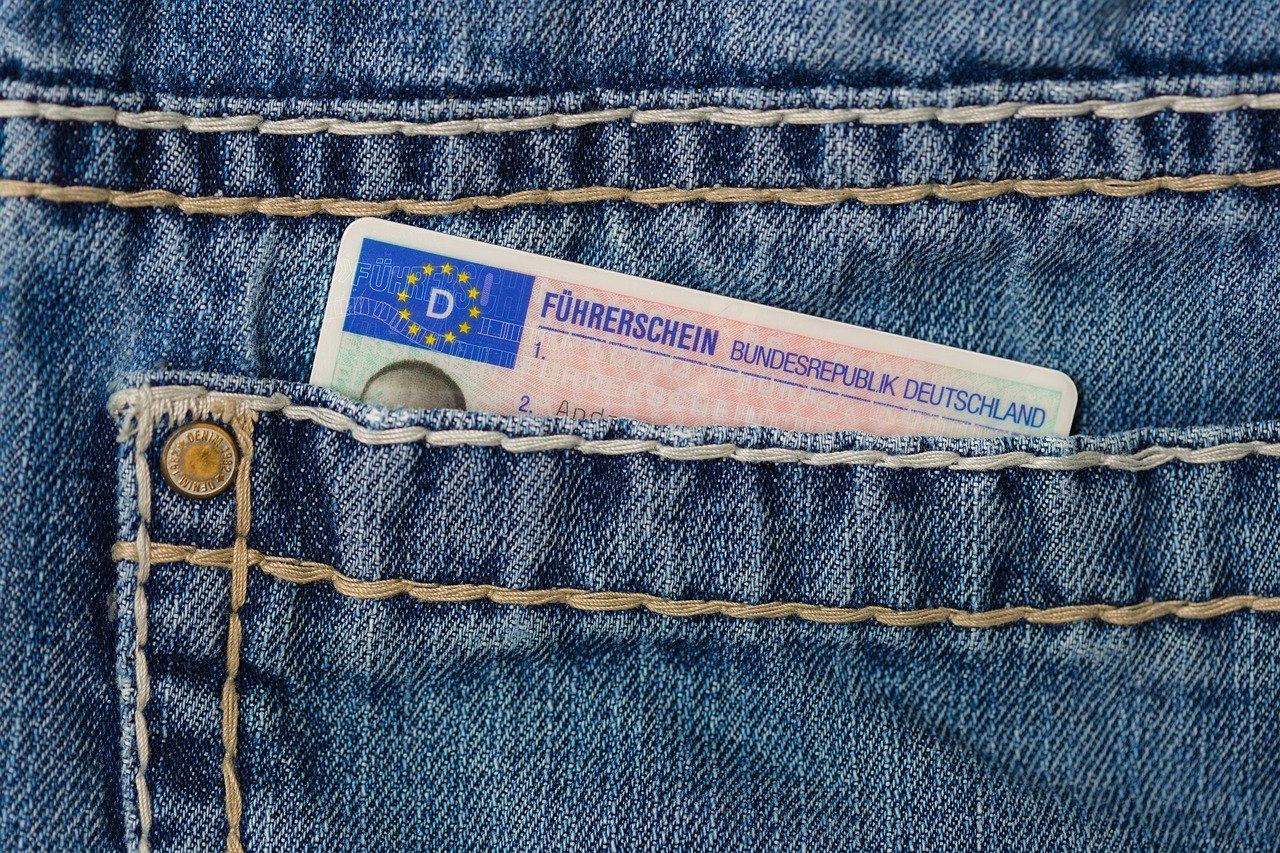As I was growing up, I always felt alienated from my peers, and I didn’t have the vocabulary to express why until I was a teenager. With the growing acknowledgement of nonbinary identities, there have been movements to let people like me be acknowledged legally as a nonbinary person. One of the most common ways to verify a person’s identity is through a driver’s license or state-issued ID. It is used to verify your legal age as well as your organ donor status, but what if the picture and the person you see in front of you doesn’t match particular traits that are expected from their gender presentation vs their legal sex?
This has been an issue for many trans people who are still on the journey towards living their genuine selves and being recognized in the eyes of the law, but with the rise of nonbinary identities, a simple M or F doesn’t express what they truly are. This has sparked a movement in legislature in 18 states to allow the option of an X marker in the place of M or F in the case of a nonbinary individual, with 15 of them not requiring verification from a healthcare provider.
This movement will help those with nonbinary identities feel comfortable showing their ID without fear of having others extrapolate their identity based on their physical appearance alone. However, the usage of these markers can also lead to further discrimination based on the presence of an X on your ID. The comfort with this possibility obviously varies from each individual, but prioritizing personal identity versus the comfort of others is something that many trans people of any identity struggle with. If their priorities lie in being their truest selves in any environment, the X identifier is the best way a nonbinary person can convey that in a governmental fashion. If their priority is safety from those who would discriminate against them, they may stick with their birth designation for the sake of being a chameleon in settings where there is less likely to be acceptance of their identity. This had been my strategy as a nonbinary person for a long time before I made a few steps to make my identity widely recognized in most environments I find myself in, for the sake of my mental health.
This movement is a true benefit for those who choose to opt into these programs, but their comfort with the further risk of discrimination depends on the individual and how government or law-enforcement workers who see these new markers will react to them. It should be included in future training regimes for these workers to recognize what the marker means and how to not let its presence detract from a person’s ability to do their job. Someone who is familiar with the LGBTQ+ community may see this as a simple recognition of what a person desires to call themselves, but those outside our community may just blatantly ignore this and opt to refer to them based on their gender expression thinking that they are correct. This risk would be remedied with further training, but as the family member of a law-enforcement officer, I know there will still be those who have been in the field for years that are resistant to change, and these officers may be the cause of increased discrimination against people with X-marked IDs. As these issues arise, the hope is for them to be punished appropriately, especially if it leads to the use of excessive force against the victim.
My current state that I study in and reside in full time, Iowa, currently doesn’t have any option for nonbinary people on their driver’s licenses and birth certificates, but the University of Iowa has a very inclusive system of opting into being referred to a different name and choosing your pronouns, even in the hospital system that was established in 2016, despite the state being slow to do so. This system has made the process of coming out much less stressful in the classroom environment, especially for people who may be less vocal about their identity due to social anxiety and other issues. In my workplace, which is not connected to the university, however, it has been much harder to be recognized, even with understanding management as it wasn’t as simple as choosing from a list in an internet browser. I have been the first person to ever express a nonbinary identity in this particular workplace, but once the personal hurdles had been passed, it had been an easy transition with the use of an HR-approved pronoun button.
The patience that is involved in being recognized for their own identity in systems that involve more work than just pressing a button can be a lot for someone with a history of anxiety over the coming-out process, but it is often the case that you have to be the first one to speak up for the sake of your own mental health and the future ease of others in the same position as you. The LGBTQ+ community wouldn’t be in the position we are in right now if it hadn’t been for the leaders that came before us to demand to be recognized in a world that has a limited perception of gender and sexuality. The legal identification of the LGBTQ+ community has come a long way, but while we are in the best position then we have been in ages, there are more things that still need to develop before we can reach the best quality of life for the queers of the future.
Image credit: Andreas Breitling

